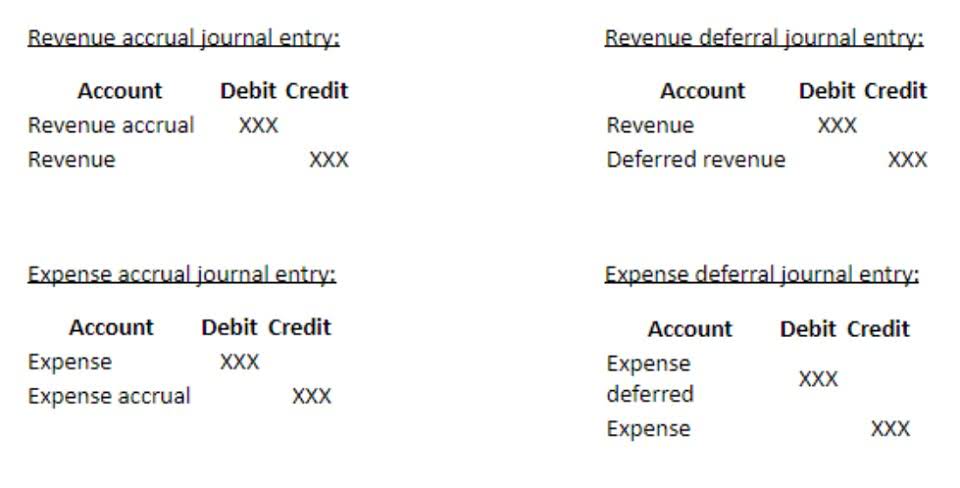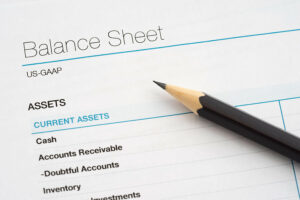
If it’s zero, your business can meet its current obligations but may need more investment capacity. In simple terms, net working capital (NWC) denotes the short term liquidity of a company. It is calculated as the difference between the total current assets and the total current liabilities. Net working capital, sometimes called NWC or simply working capital, is a financial metric used by businesses to gain a quick snapshot of their current assets versus their current liabilities. In other words, working capital provides a view of how your company’s liquid assets and how much is available to cover short-term costs. As it so happens, most current assets and liabilities are related to operating activities (inventory, accounts receivable, accounts payable, accrued expenses, etc.).
What Is the Formula for Cash Flow?

The working capital formula subtracts your current liabilities (what you owe) from your current assets (what you have) in order to measure available funds for operations and growth. A positive number means you have enough cash to cover short-term expenses and debts, whereas a negative number means you’re struggling to make ends meet. Generally, yes, if a company’s current liabilities exceed its current assets.
- Keep up with Michelle’s CPA career — and ultramarathoning endeavors — on LinkedIn.
- It may suggest inefficient management of your accounts receivable, meaning that your business isn’t collecting payments from clients as regularly or consistently as it should be.
- It shows how efficiently a company manages its short-term resources to meet its operational needs.
- We have empowered the world’s leading companies, like Danone, HNTB, Harris, and Konica Minolta, to optimize their cash forecasting accuracy, make decisions faster with real-time bank data, and reduce bank fees.
- The result is the amount of working capital that the company has at that time.
More About the Current Ratio
Conversely, a negative WC might not mean the company is in poor shape if it has access to large amounts of financing to meet short-term obligations such as a line of credit. You hope to see a positive working capital after performing your net working capital calculations, indicating that your company’s current assets exceed its liabilities. However, it’s possible that you’ll instead get a negative number, known as negative working capital. This occurs when a company’s current liabilities exceed its current assets. Inventory management significantly influences a company’s working capital balance, particularly for businesses with high physical product volume. Since inventory is included in working capital as part of current assets, poor oversight can distort this key financial metric.
What is Included in Net Working Capital?

The balance sheet organizes assets and liabilities in order of liquidity (i.e. current vs long-term), making it easy to identify and calculate working capital (current assets less current liabilities). The current ratio is calculated by dividing a company’s current assets by its current liabilities. The formula to calculate the working capital ratio divides a company’s current assets by its current liabilities. In financial accounting, working capital is a specific subset of balance sheet items and is calculated by subtracting current liabilities from current assets. Find the amount of a company’s current assets and current liabilities on its most recent balance sheet and the previous accounting period’s balance sheet.

If you remain unsure of any line item, I suggest using either our friend Mr. Google or email me, and I will give you a hand Certified Public Accountant unless you have your handy accounting 101 books lying around. He says that far more eloquently than I could have, and the last two sentences are key to understanding this concept. When examining working capital needs, we must consider only those that affect operational needs.

Subtract Current Liabilities
Gross working capital refers to the total current assets a company has on hand to conduct its business operations, such as cash, inventory, and accounts receivable. On the other hand, the change in net working capital measures the change in a company’s working capital over a period. Understanding how much working capital you need is essential for keeping your business operating smoothly while also having enough cash to invest in future growth. A good method to calculate your working capital needs is to use the current ratio, which divides current assets by current liabilities.
Keep in mind that a negative number is worse than a positive one, but it doesn’t necessarily mean that the company is going to go under. It’s just a sign that the short-term liquidity of the business isn’t that good. For example, a positive WC might not really mean much if the company net working capital can’t convert its inventory or receivables to cash in a short period of time. Technically, it might have more current assets than current liabilities, but it can’t pay its creditors off in inventory, so it doesn’t matter.
- Net working capital, often abbreviated as NWC, is like a financial health report card for a business.
- The “change” refers to how the cash flow has changed based on the working capital changes.
- Changes in working capital will help you determine where Microsoft is in its working capital cycle.
- Its inventory, the largest component of its working capital, was constant.
- An important measurement of your business’s financial health and liquidity, working capital shows whether you are able to cover all of your expenses in the near future.
Generally speaking, a current ratio between 1.5 and 2.0 is considered good, while a ratio of less than 1.0 indicates your business may not have enough liquid assets to cover its current liabilities. Net Working Capital Ratio refers to a ratio that includes all the components of your Net Working Capital. It is calculated by dividing the current assets of your business with its current liabilities. That is whether you have sufficient funds to run your business operations in the short-term. Thus, you must always ensure that your current assets are in excess of its current liabilities to manage the liquidity position of your firm.
Current assets are resources a company expects to convert into cash in a year. They enable businesses to remain operational and meet short-term obligations. To calculate change in working capital, you first subtract the company’s current liabilities from the company’s current assets to get current working capital. You then take last year’s working capital number and subtract it from this Accounting for Technology Companies year’s working capital to get change in working capital. As a business owner, it’s important to calculate working capital and changes in working capital from one accounting period to another to clearly assess your company’s operational efficiency.






